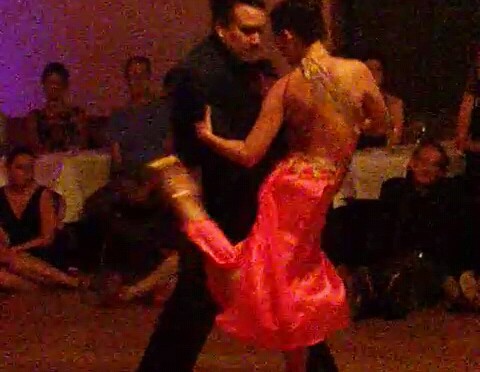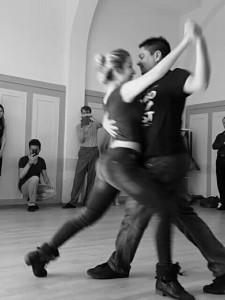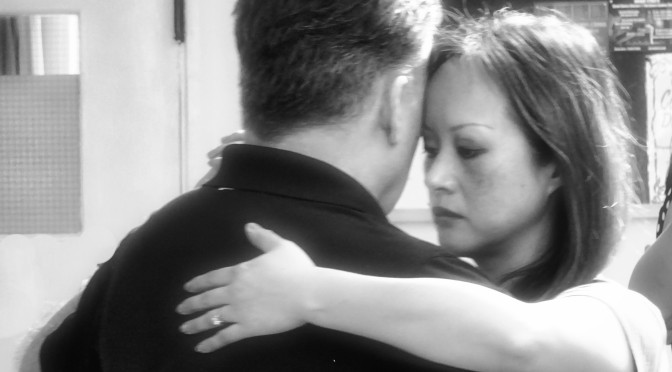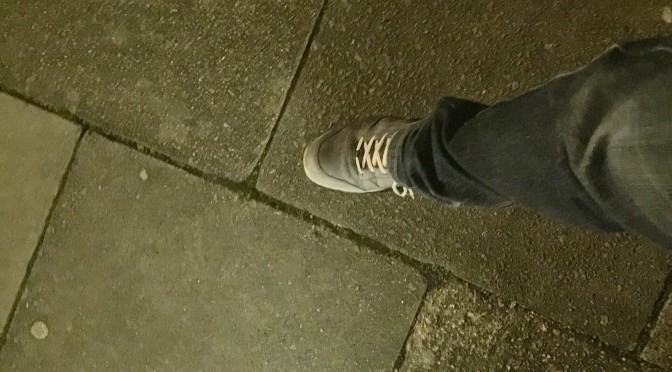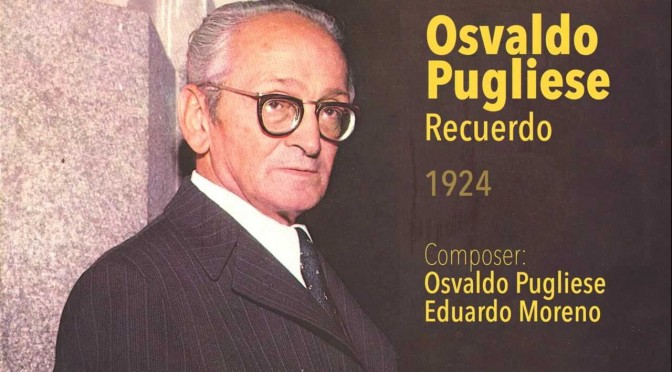I think it is fair to say that I am now an intermediate Tango dancer and not a beginner. Although these things are of course extremely subjective.
I have been thinking carefully about the 10 most important things that I have learned, processed, distilled and now want to focus my learning on – what really, really matters if I am to progress.
And I so want to move forwards.
1 Humility.
I put this as number one because I think it is essential that I personally continue to be crystal clear about the enormous amount that remains unknown, and how terribly messy I am about so many things.
There is literally not one single element of Tango that I can yet perform to an acceptable standard.
This is a source of inspiration not negativity, and I need always to be mindful of this.
2 It’s all about her.
Everything we do as leaders is for her. If I loose this focus then I am indeed never going to move forwards.
To give every woman the chance to be her best to every piece of music is such a big ask for a leader – but when we dance tango every single decision we make, every invitation, every moment – is for her.
Nothing matters as much as her comfort, trust, and creating opportunities for her to show how she wants to dance to this music – with me – right now.
I hope to learn so much more about this – and how to make her smile. It is such a wonderful feeling when she does.
3 The Music.
For the last year I have been gradually understanding what musicality is when we dance tango – this has been an inspiring journey.
As a beginner I thought I was in fact musical because I naturally had a sense of rhythm.
I now understand the enormous depth to understanding Tango music.
I have briefly experienced what it is like to dance with a woman who can loose herself in the dance but yet still be so clearly aware of – and able to respond to – every nuance in the music.
This for me is an enormous field of study that must be a foundation for further progress.
4 Moving from moment to moment.
We talk a lot about figures. They are such useful constructs and the best of them have been danced by wonderful milongueros for so many decades.
As I aspire to build on my abilities as an intermediate dancer being able to think rather on the level of connected moments of balance and imbalance, of invitation and response – is very important.
We need together to explore how we might – to this music – join these particular moments of beauty through space and time. Sometimes what we draw might correspond to a classic pattern – at other moments we might change, build upon and together even create entirely new figures.
5 Not being a big fish in a small pond.
It seems to me to be an unfortunate truth that if you are a leader in the UK and you have some modest level of ability you can indeed have the chance to dance with more experienced followers.
Although exciting this in itself creates a trap – I need to travel and to push myself.
6 Less is more
Another concept that as an intermediate we might interpret simply as pauses – but if I need to push on it becomes a whole new word of muscular control, technique and musical stillness.
7 Technique and Solo Practise
I amaze myself in that I have been shown the importance of solo practise, totally believe in it and yet do so little of it on a consistent basis. This simply must change if I am to become significantly better at controlling my own axis, balance, presence and listening skills.
8 Never, never teach.
I have been at times tempted to try to explain things to beginners, and I have seen other leaders do this. It is something I must completely avoid – as non-professionals we should simply offer sensitivity and a positive experience to followers with less experience.
Our well intentioned but amateur words can rarely help and have the power to cause a lot of unintended damage.
9 Great teachers
Stay the course with the great teachers that I have found.
10 Friendship
And finally – I think a lot about friendship. It is a wonderful thing to find friends, mutual support and individuals that you respect throughTango.
Enjoying their company, respecting them and helping them in their own Tango is positive in itself but also softens the challenging world of learning as an individual.


